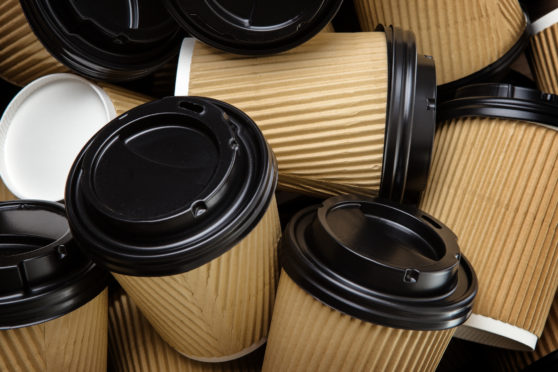
A charge will be applied on single-use drinks cups in Scotland under proposed new legislation.
The move will be brought forward in the Scottish Government’s Circular Economy Bill, with the level of the charge to be set following a consultation and approval by Holyrood.
If passed, the charge could then in future be applied to other items proven to cause environmental harm.
The charge follows recommendations from an expert panel set up to advise how Scotland can reduce the use of single-use cups.
A charge of around 20p was suggested by the panel.
Environment Secretary Roseanna Cunningham said a “fundamental rethink” is needed for Scotland to meet its climate ambitions of becoming a net-zero nation by 2045.
She said: “The scale of the challenge is clear – an estimated 4,000 tonnes of waste is generated by single-use cups each year, wasting valuable raw materials and generating unnecessary CO2 emissions in the process.
“For Scotland to become a net-zero society, we need a fundamental re-think about how we use and reuse materials and how we handle waste. That is why I am proposing further bold action to tackle Scotland’s reliance on single-use items.
“I am clear, however – as is the panel’s advice – that no single measure will be effective on its own. Our approach must involve a joined-up effort across Government, business, communities and individuals.
“Whether it is making the decision to switch from disposable to reusable cups, or making sure cups are dealt with more effectively at the end of their life, we all need to do more to support a more circular economy and reduce our environmental impact.
“We are taking forward a range of other recommendations made by the panel, to support the cultural and behaviour change that will be required to truly tackle our throwaway culture.”

Enjoy the convenience of having The Sunday Post delivered as a digital ePaper straight to your smartphone, tablet or computer.
Subscribe for only £5.49 a month and enjoy all the benefits of the printed paper as a digital replica.
Subscribe